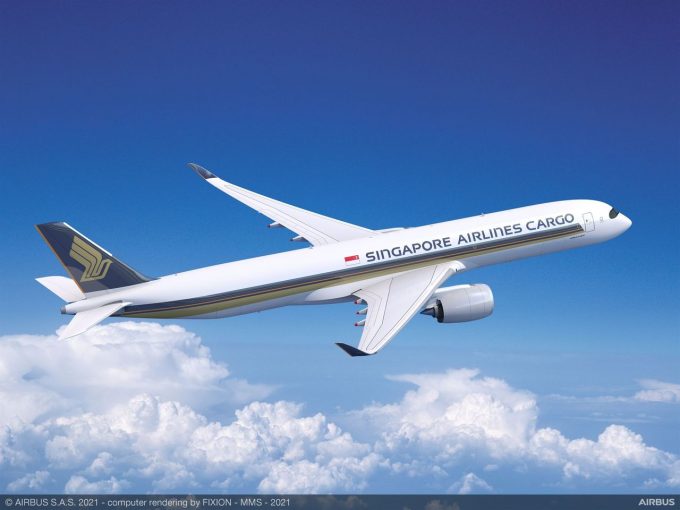Delayed arrival of freighters may prevent 'a bloodbath' in air cargo market
Only a trickle of large widebody freighters will join the global fleet this year and, ...

Singapore Airlines Cargo is betting on Airbus: the carrier has become the third to order (but will be the first to operate) the A350 freighter, with a letter of intent for seven and options for five more.
Deliveries are scheduled to begin in the fourth quarter ...
Keep our news independent, by supporting The Loadstar
Four crew members still missing as Wan Hai 503 continues to burn
Explosions and 'out-of-control' fire reported on Wan Hai box ship
Carrier price hikes hold, driving spot rates higher as space gets scarcer
Predatory rivals circle as the ripples from DSV's Schenker buy widen
MSC Elsa crew face criminal probe, as Wan Hai 503 firefighters battle on
'It's driving us mad', say forwarders as US court fails to end tariff turmoil
Transpacific rates ease as capacity boost proves too much for trades to digest

Comment on this article